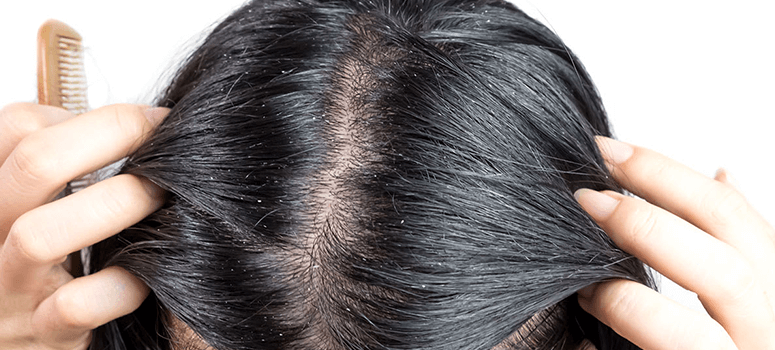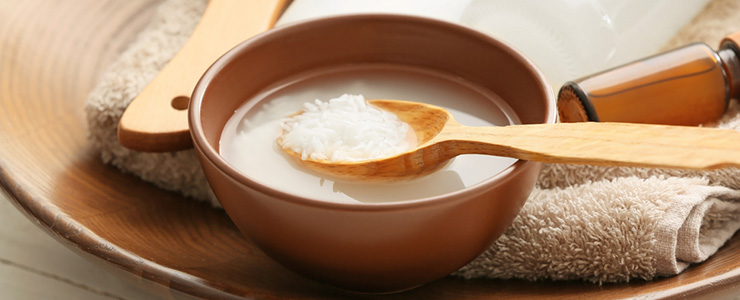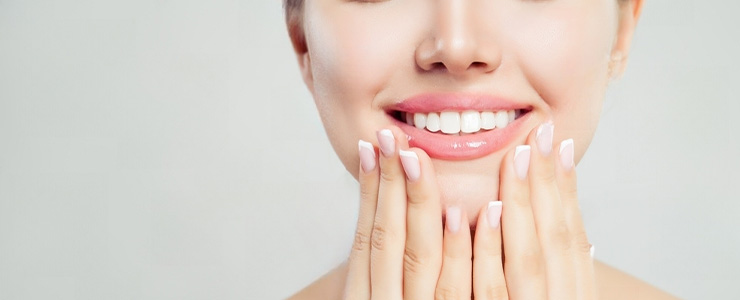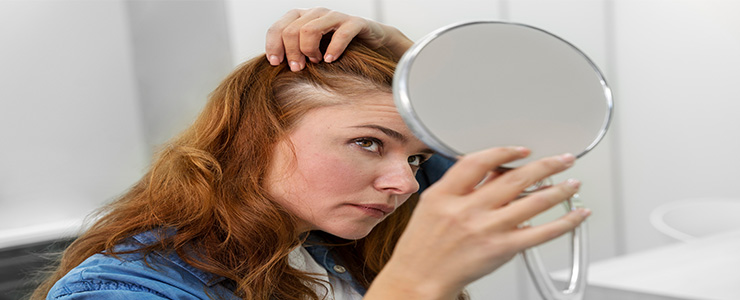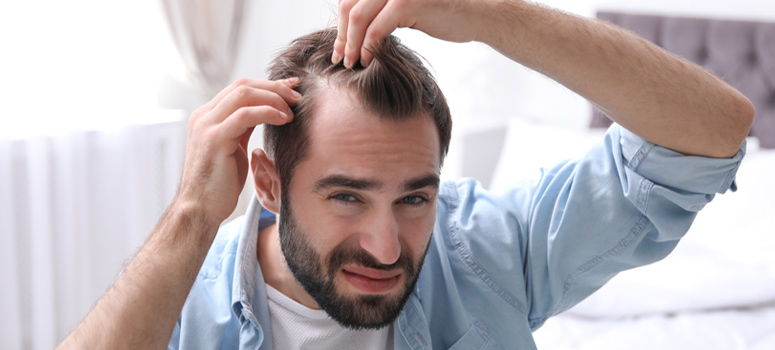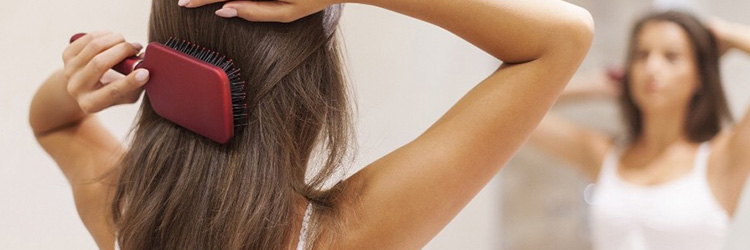Do you love your luscious locks? It feels good when you’re having a good hair day, right? But, do you ever think about the scalp? More often than not, your scalp plays second fiddle until it gets the attention it needs, mostly in the form of scalp problems like dandruff. Now, you can tell if you have a dandruff problem if you find white or yellow flakes marking your scalp. But when these flakes get combined with red, scaly bumps or patches on the scalp, it can be more than just dandruff.
Sometimes, it can seem to be dandruff but might indicate other underlying skin conditions, such as psoriasis, eczema, seborrheic dermatitis, or fungal infection. Psoriasis is an auto-immune skin condition that causes a rapid build-up of skin cells and can affect any area of the scalp, typically appearing as thick, reddish patches. Psoriasis of the scalp can cause extreme itching and dry skin, sometimes leading to cracks and bleeds. There is a possibility of this kind of psoriasis spreading onto the face from the scalp. If you find any cracks and bleeds on the scalp, seek immediate medical attention before it aggravates.
Apart from psoriasis, the following flaky scalp conditions can be mistaken for dandruff:
- Seborrheic dermatitis : It is characterized by a red, itchy, and scaly scalp, which occurs due to the overgrowth of yeast on the skin.
- Tinea capitis : It is a fungal infection, also known as “scalp ringworm,” and it also results in flaking.
- Eczema :Eczema is a skin condition that results in red, dry, and flaky skin on the scalp and other areas of the body.
- Allergic contact dermatitis : It is a skin condition that affects the scalp and can also display symptoms such as flaky skin, resulting from the use of cosmetic products.
So, if you’ve browsed through several hair care tips and are using products without proper guidance, it can lead to several skin problems. Therefore, getting the right advice and diagnosis is paramount before using any hair care or skin care products.
Suppose you have dandruff and loads of it. The first and the foremost signal of dandruff are those unsightly white dry flakes. Unfortunately, those white flakes aren’t the only good old sign of dandruff. An itchy scalp, hair fall, and overall hair dryness can also attribute to it.
However, in some cases, dandruff isn’t the root problem after all. What you may just be experiencing is common scalp conditions similar to dandruff, solutions to which need or need be associated with the latter at all. To differentiate between dandruff and other conditions, read on:
Extra Dry Scalp
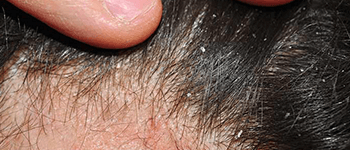
Product Build-up
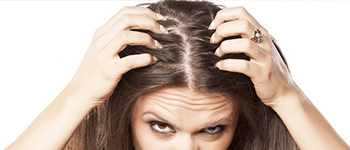
There you go! If you are well aware of dandruff and its causes and have long been fighting it, it is common to get confused. But, that is where you need to dig a little deeper and consider the afore-mentioned conditions that may look like dandruff but are something else entirely.
To further differentiate dandruff, it’s categorization into three more forms, depending on their causes, can give you further insight into this skin condition:
-
- Dry Skin Dandruff
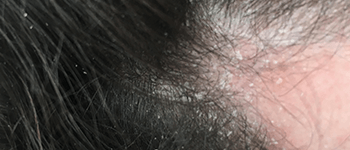
This condition is treatable with a good moisturizing shampoo. Persons with dry skin dandruff should also avoid hair colouring and perming. A regular oil massage also helps in relieving the itchiness caused by dandruff and stimulating blood circulation to the scalp.
-
- Oil Related Dandruff
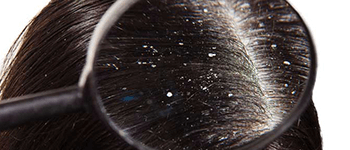
In such a case, talk to your dermatologist about proper medication and hair products that help reduce the excess sebum oil and its secretion on the scalp.
-
- Fungal Dandruff
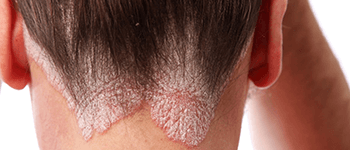
We hope this article helps you understand the difference between dandruff and other dandruff-like conditions of the scalp. Remember, if the symptoms of dandruff do not improve, even after using anti-dandruff shampoo for a considerable amount of time, you should visit your dermatologist immediately. You can find a dermatologist near you by visiting the following link: Dermatologists Near Me.

